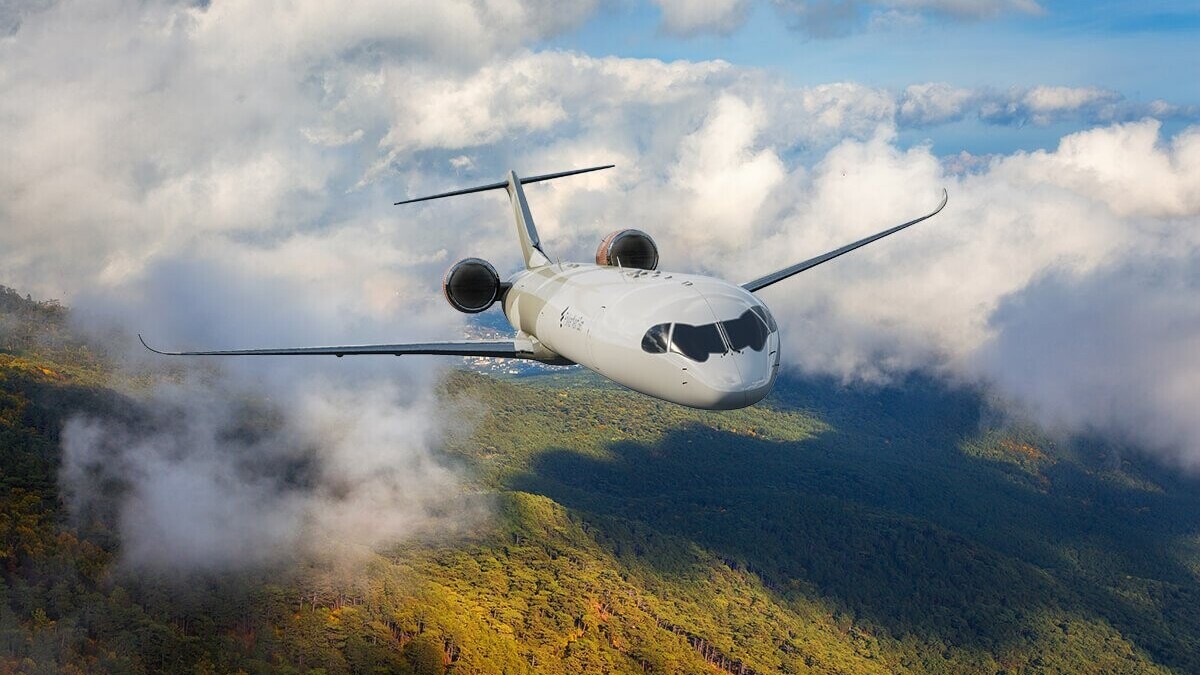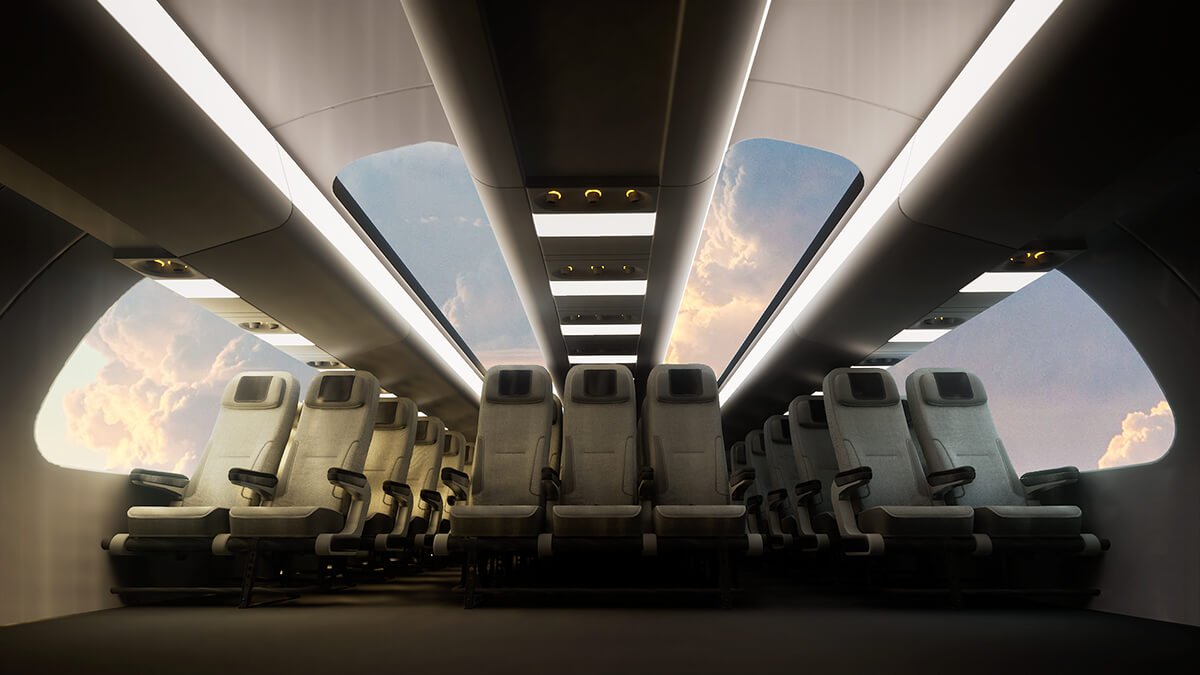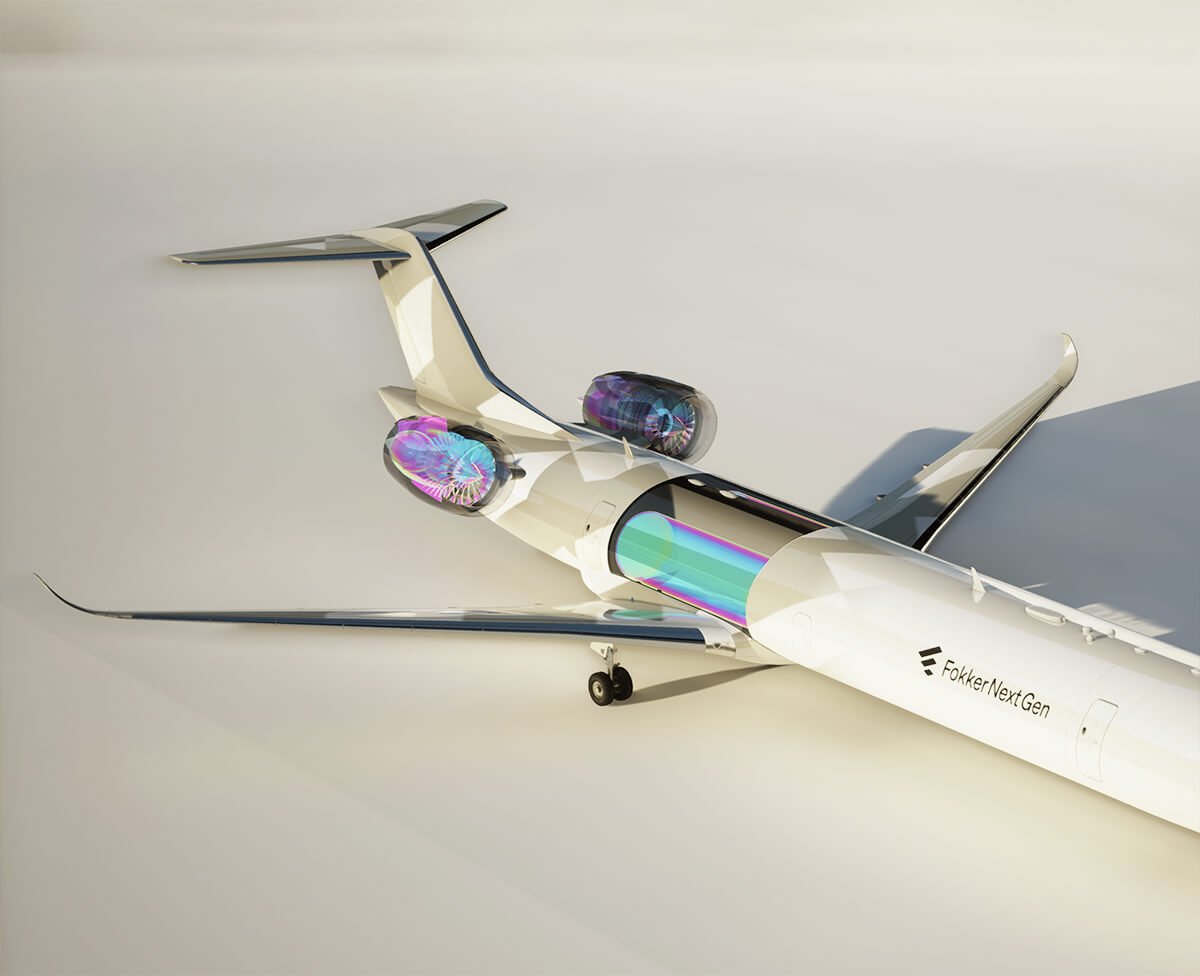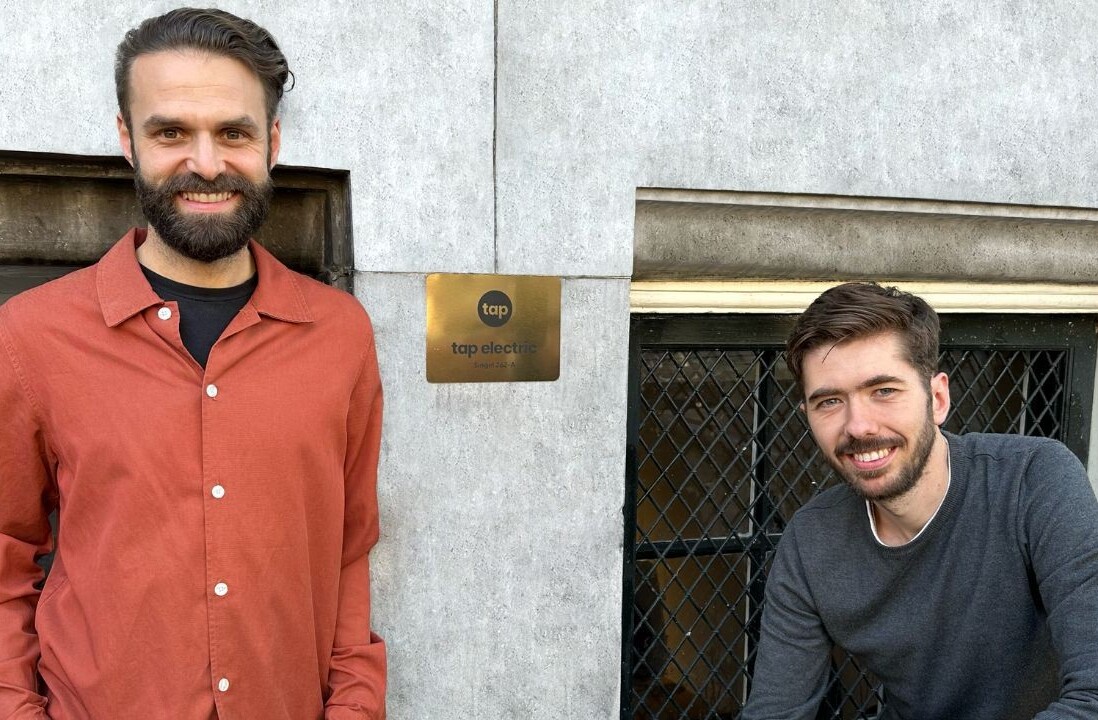
Dutch aerospace pioneer Fokker is looking to make a comeback. This time however, it won’t be polluting Jet A fuel propelling the company’s aircraft. Instead, in the revived guise of Fokker Next Gen, it is playing the long game and joining in on the clean-burning hydrogen hype.
With €25 million in funding from the Dutch government, and an additional EU Clean Aviation grant of undisclosed amount, Fokker is aiming at a 2035 entry into service of a clean-sheet aircraft design operating on liquid hydrogen. The plane’s intended range is 2,500 km, meaning it could fly across Europe from London to Kyiv – without generating any CO₂ emissions.
Fokker Next Gen intends to be done with the conceptual design stage of the aircraft by 2027, with a critical design review coming up three years later. Assembly of the new plane will happen in 2032, with the first prototype flight scheduled for 2033. That is, if everything goes according to plan, which is seldom the case with new aircraft projects.
Meanwhile, the envisioned timeline is understandable, given that 2035 is the year proclaimed by European aerospace giant Airbus as the arrival of its ZEROe hydrogen-powered commercial aeroplane.
Spacious and quiet
Looking at the first digitally generated images of the airframe-to-be, Fokker Next Gen is hoping to build a dual-aisle aircraft with 2-3-2 seating, most closely resembling the layout of an Airbus A330.

It is difficult to glean the total passenger capacity though, as there is no length specification. What’s more, plenty of space in the fuselage has been dedicated to the storage of the hydrogen – one of the trickiest puzzles to solve in making hydrogen-powered commercial flight a reality, considering volume and weight constraints.
What we do know is that Fokker has opted for liquid hydrogen and direct combustion, as opposed to hydrogen-electric fuel-cells favoured by a majority of startups in the clean aviation space. Meanwhile, British engine maker Rolls-Royce is also involved in the project, although there is no official partnership in place.

Meanwhile, just in case there won’t be enough green hydrogen to go around (a projected future constraint in the scaling of the technology), Fokker Next Gen has safeguarded its commercial appeal by designing the plane to also be able to fly on both good old kerosene and sustainable aviation fuel.
Much more investment needed
Of course, €25 million is not going to cut it when it comes to delivering a brand new plane with tremendous R&D demand. Billions more will be needed in investment to hit the intended target of 150 units rolling off the final assembly line per year. But, as Fokker Next Gen CEO Juriaan Kellermann told Luchtvaartnieuws over the weekend, “We think it’s realistic.”
Meanwhile, building both an entirely new airframe and propulsion architecture at the same time would be a tall order. As such, the company will first convert one of its Fokker 100 regional jets. In fact, Fokker Next Gen has already begun adapting the plane to run on liquid hydrogen. The first test flight of the modified jet is currently scheduled for the start of 2028.
Get the TNW newsletter
Get the most important tech news in your inbox each week.





